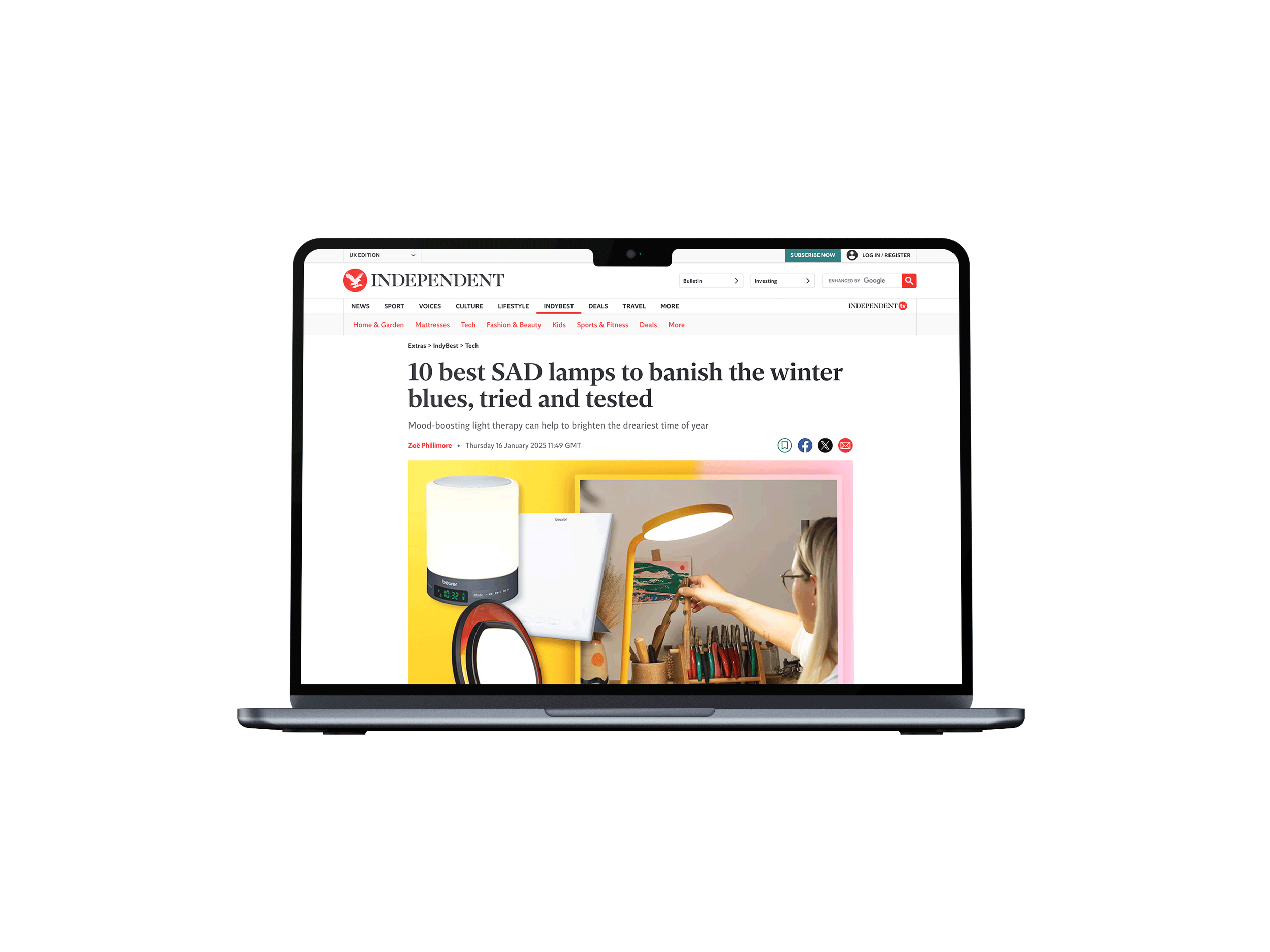Round-up press explained: How to pitch for shopping guides
You’ve definitely seen them — “The best woolly jumpers for winter,” “Top skincare buys under £30,” “The best coffee machines tried and tested.”
These are examples of round-up press — shopping guides that pull together the best products in a certain category.
They’re some of the most valuable types of coverage you can get.
Why?
Because they put your product in front of consumers who are actively considering their options, or ready to buy, and being featured alongside trusted brands gives it instant credibility.
Online round-up articles are also great for SEO, since they include the keywords shoppers are using when searching for products.
So, how do you get featured in them?
Understand round-ups
There are two main types of round-ups:
1. Curated shopping guides – Think “10 Best Scented Candles” or “Best Fitness Gear for 2025.” These are usually based on research, trends, or editor picks.
2. Tried-and-tested reviews – Found in features like The Independent’s IndyBest or Evening Standard’s ES Best, where editors test products and only feature the ones they genuinely rate.
Both work well, but differently. Curated guides rely on relevance and timing, while review-based round-ups depend on product performance and availability for testing.
What round-up press looks like
Round-up features are typically found online and focus on a curated selection of similar products connected by a theme or need. Think “Best Fitness Gear for 2025” or “Best Eco-Friendly Candles for a Calm Home.”
As freelance writer Katie Gregory, who contributes to publications like The Independent and Evening Standard, explains:
“Round-up press are articles that start with ‘Best of.’ They focus on one particular product and generally feature 10 to 20 items, comparing them while highlighting what each is best for, whether that’s best for budget, best for families, or other specific needs.”
These articles often include a brief product description, pricing and stockist details, strong visuals, and honest editor comments or reviews. Many review-based round-ups may also include affiliate links through platforms like Skimlinks or AWIN.
Tried and tested
Some shopping guides are “tried and tested” reviews, where editors genuinely test products before recommending them.
If your brand fits this category—think food, beauty, or wellness—offer to send a sample so editors can experience the product firsthand. These features carry real weight because they’re written from experience, not just research.
Katie says that once she shortlists products for a feature, she checks that samples are available:
“Samples are absolutely crucial for these round-ups that test everything. We also check any marketing claims, for example, if a product says it’s waterproof, we make sure it really is. We test more than we can feature so we have a good breadth of options to choose from. I wouldn’t include anything that doesn’t have legs to get featured, because that would be wasteful for both us and the brand.”
Research before you pitch
This might seem obvious, but before reaching out, take time to see which journalist or editor writes these features. Look at the products they include, price ranges, and tone. A £10 hand cream might fit in The Independent, while a £60 version may be better suited for Stylist or Marie Claire.
Make your pitch clear and useful
When pitching, keep it simple. Include:
A short product description and why it fits the feature
Pricing and where to buy
High-res cut-out images (white or transparent background)
Availability and stock information
For tried-and-tested features, offer to send a sample, editors need to test products themselves before including them. Make sure the product is in stock; otherwise, you’ll likely get cut.
Katie Gregory explains her product selection process:
“I treat my inbox like a massive filing cabinet. I’ve got thousands of unopened emails. If I’m working on picnic blankets, I’ll search my inbox for them, and I’ll also put a call-out on X using the PR request and journo request hashtags. I’ll Google as well.
Then I weed out pieces, pick the relevant ones, and see what stands out. In a pitch, I’m very time-poor, so everything needs to be punchy and straight to the point: product in the subject line, low-res image in the email. Timeliness is key. It’s always nice to have a mix of brands, as long as they’re not too small. We can’t feature an Etsy shop, items with limited stock or a broken checkout.”
Timing is key
Round-ups are often planned around seasonal moments or key retail trends. Think “Best Christmas Gifts for Under £50” or “Best SPF for Summer Holidays.”
Know your magazine’s lead times and pitch accordingly.
To round things up….
These are the key characteristics of round-up features:
Thematic focus: Products revolve around a single theme, e.g., fitness gear, home candles, or tech gadgets.
Selection of products: Typically 10–20 items, each highlighted for its strengths.
Comparative guidance: Products are ranked or recommended for specific purposes, like “best value,” “best for beginners,” or “best luxury option.”
Reader-friendly structure: Short descriptions, bullet points, images, and links make articles easy to scan.
Online-focused: Mostly published online, benefiting from hyperlinks and SEO optimisation.
Purpose:
Helps readers make quicker, informed decisions
Boosts site traffic through SEO-friendly keywords (“best X for Y 2025”)
Can include affiliate links, offering potential revenue for the publisher
Getting featured in a round-up press is all about timing, relevance, and being ready when editors are looking for products like yours. With the right research, clear assets, and a simple pitch, your brand can land in the kinds of features that shoppers trust.
Keep track of what’s coming up
Want to make sure you don’t miss opportunities like these? Our Key Dates for PR, Marketing and Sales 2026 download shows you the seasonal themes and moments journalists plan around all year.
👉 Sign up to access it and plan your next PR move.




